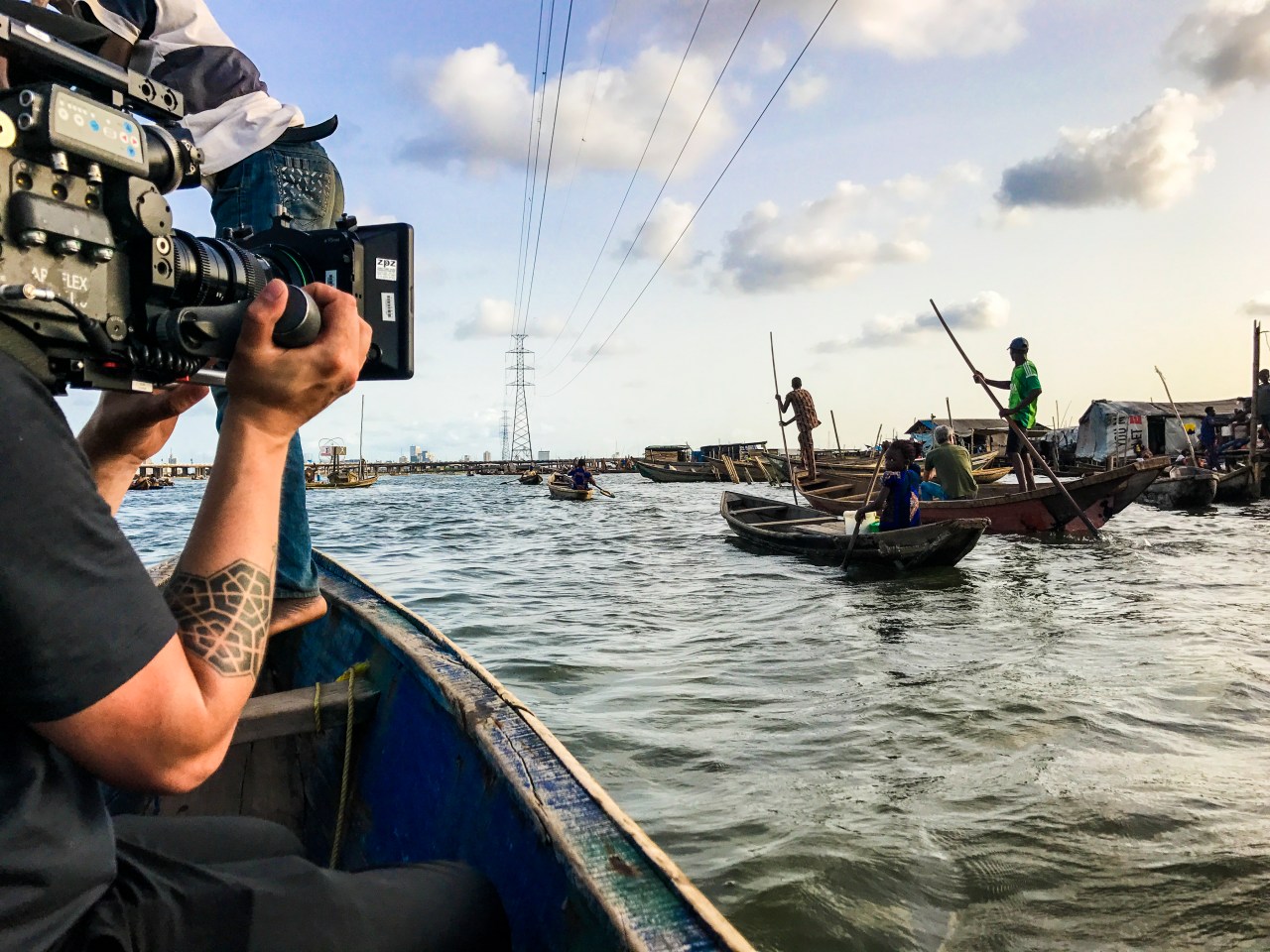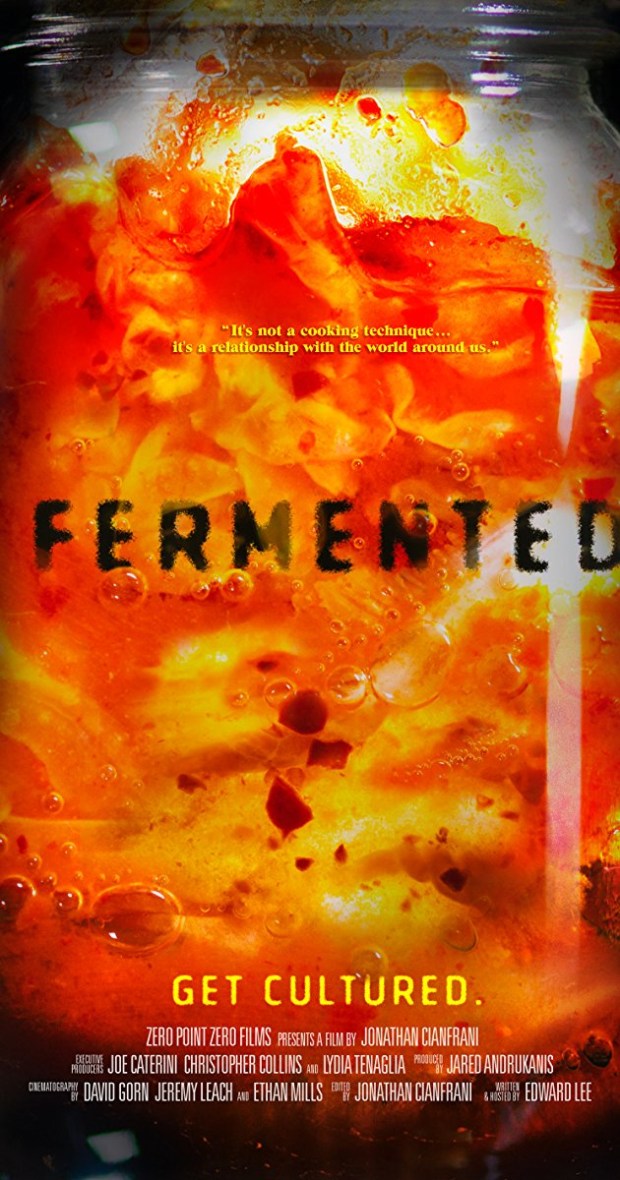Ahead of the finale of the 10th season of “Parts Unknown,” Zero Point Zero co-founder Lydia Tenaglia-Collins sat down with Explore Parts Unknown editor Kaylee Hammonds to chat about the company’s long relationship with Anthony Bourdain, how they keep the show fresh season after season, and what’s next for the busy production house.
I was wondering if you could speak a little bit about the evolution over the years of your shows with Mr. Bourdain? How has your approach or your process changed?
I mean, I think the show has evolved. We’ve been working together for almost 18 years—definitely 17 years. I met him at a point in his life where he had never really traveled before. He had written a book, Kitchen Confidential, and I had read somewhere that he was going to try to write a follow-up book called A Cook’s Tour. I approached him—I kind of cold-called him—and I said, “Listen, I work in television.” And at that point I was freelancing for other companies as a producer and a shooter and an editor. I called Tony, and he was still working in a kitchen at the time, and I said, “Would you mind if me and my husband, Chris, came and shot a short demo and we try to sort of pitch the idea of A Cook’s Tour—meaning you traveling the world, kind of exploring the way other people eat—as a television series?” And he was like, “Yeah, sure. Whatever.” I don’t think he had any expectations at that point. Again, he hadn’t really traveled.
So that was the start of our relationship and our time together. We, fortunately, were able to pitch and sell that idea, A Cook’s Tour, to the Food Network. Me and Chris, my husband, and Tony, just the three of us, all went out on the road together for that first year, and we shot 23 episodes of A Cook’s Tour, and we kind of figured out the format of the show on the road. It was really Tony tapping into the references he did have—you know, films and books and things he had seen and knew about only through film and reading.
So he was able to bring all of those cultural references to the table, and the three of us together were able to kind of play with the format of what those visuals would look like, so that it wasn’t just about him eating food at a restaurant. It was really about everything that was happening around him—or the thoughts he was having internally as he had these experiences or the references that he had seen through film that he loved and books that he had read, like The Quiet American, and how those things related to what he was experiencing.
So it became this kind of sort of moving, evolving format that was very much based on, predicated on the location that we were in and those references that he could call up. The show just kind of began to take shape. I mean, really there was no format of the show going into it. We just said, “Hey, we’re going to travel around the world, and this guy … he’s a chef, and he’s written this great book, and he’s going to try food in other countries.” And that’s what sold the project to the Food Network at the time. Then, as we went and actually made the show, we really started to play with the format and turned it into something else.
I would say that 17 years later the show has gone through various iterations. We did the two seasons of A Cook’s Tour on the Food Network, and then we did eight seasons of No Reservations on the Travel Channel, and now we’re on Parts Unknown. And the show has evolved as Tony has evolved, as the crew has evolved, as the technology has evolved. The show has sort of turned into this kind of, you know, one man’s initial foray into the world, and I think today, 17 years later, he’s really kind of evolved into more of a cultural anthropologist.
The show’s very sociopolitical—it’s about people and characters. The food and the people are just the entry point. It’s really about all the context around it. The more you can bring story to that and the more you can bring references to that—film references … character references—the more you can introduce interesting, unique characters into the equation, I think that’s what keeps the show very fresh and why it’s continuing to evolve all these years later. Each show is very different from the one before it.

It feels so vibrant, more so now, I think, than ever. There’s always some really surprising element that makes you sit up and go, “Oh, god, I had no idea about that.” Like the acid rock in the Lagos episode. We [at Explore Parts Unknown] were all just thinking, “Wow!” And yet you manage to do that episode after episode. How does that happen?
Yeah, I mean, it happens from a number of different angles. One is, we at this point—having traveled to over 100 countries around the world—we have connections, really fantastic connections in practically every place. So first and foremost, finding a really good fixture on the ground who can get you inside access to a world and to characters … [it] is imperative to do that.
Then, at this point this show has had such momentum that there’s people coming to the table like Queens of the Stone Age or Anton Newcombe or Darren Aronofsky. They’re bringing their own set of “You need to see this” or “You need to experience this” or “You need to show a piece of this equation” to the table. The acid rock thing, for example … the crew was already in Lagos. The acid rock thing was never part of the original treatment. Then, if I’m not mistaken, I believe Asia Argento, who’s Tony’s girlfriend, told him, “Did you realize that the Nigerians had this incredible acid rock cultural explosion at one point and there’s all this incredible, great music that came out of there?”
That information came late to the crew, so there was sort of a pivot that happened on the ground during that production where they followed that lead, and they were able to dig out that story very much in real time on the ground. That happens, too, a lot. Suddenly you’re there, and what was deftly planned in preproduction and outlined on a treatment suddenly becomes an improvisational exercise once you’re on the ground, [when] you’re meeting people and they’re kind of leading you in one direction. So there’s a piece of the show that’s very spontaneous like that, very improvisational. You have to just be prepared and nimble and flexible enough to follow those leads when they do happen.

What’s next for you? I read that you’re doing a film with Ed Lee?
Yeah, that film is done. It’s making festival rounds right now. It’s called Fermented. He basically kind of leads us through that whole world of fermented foods, both historical and otherwise. It’s really incredible, and it’s unbelievably textural. …There’s a guy here at ZPZ named Jon Cianfrani who directed that film. That’s making the festival rounds.
We have a film that hit the theaters recently called Wasted: The Story of Food Waste. That’s a film that was directed by two women here at ZPZ, Nari Kye and Anna Chai. I was the producer of that film. That’s … being flung out into the world, and it’s having its theatrical life. It was released on iTunes at the same time.
We have a slate of about five or six … documentary film projects that are in various states of undress here. One that we’re definitely in the field, capturing material [on] because stuff is happening real time, but that we’re still looking for financing for. One that we did with a guy that we’ve been working with for about six years named Steven Rinella. We did a series called MeatEater with him, and now we’ve finished a film with him, a feature film called Stars in the Sky. It’s really about the philosophy and the ethos of hunting. It’s really a beautiful film—an incredible film. It’s probably the antithesis of that film that just made it into the market last year called Trophy. This is really about exploring the deep ethos and philosophy of hunters; it’s really, really good. We’re doing festival submissions for that now.
We have three other documentary projects that have really interesting packaging around them as well that are kind of marching forward. We’re looking for financing for those projects now. That’s on the film side. Then on the television side we have a whole bunch of projects that are happening: three series for Netflix, two of them that are on the tail end of production now and one that we’re in preproduction on. Then we have two new series for CNN that are both in postproduction—those have all been shot. Those will be on CNN next year. We continue to move forward with Parts Unknown,” thankfully—knock on wood. That train keeps moving forward.